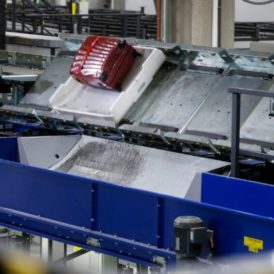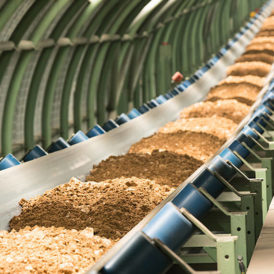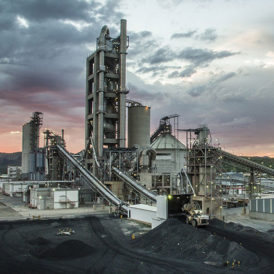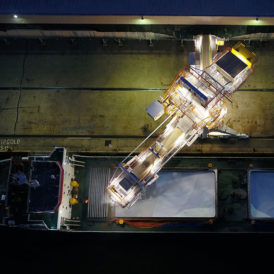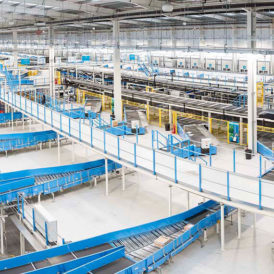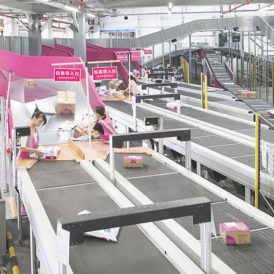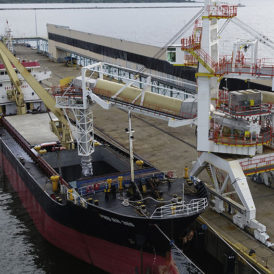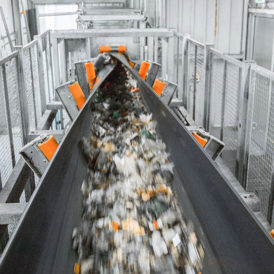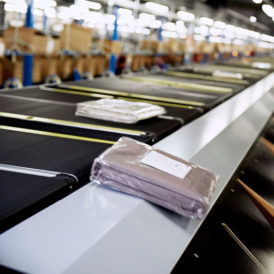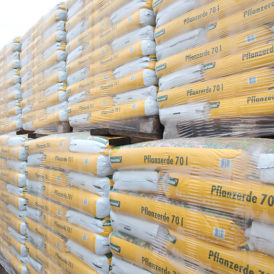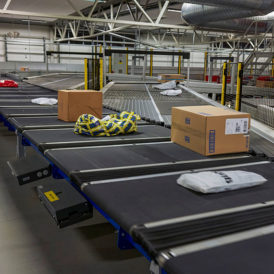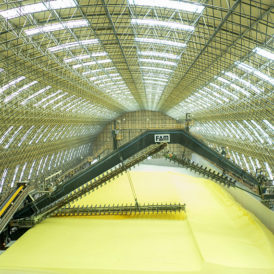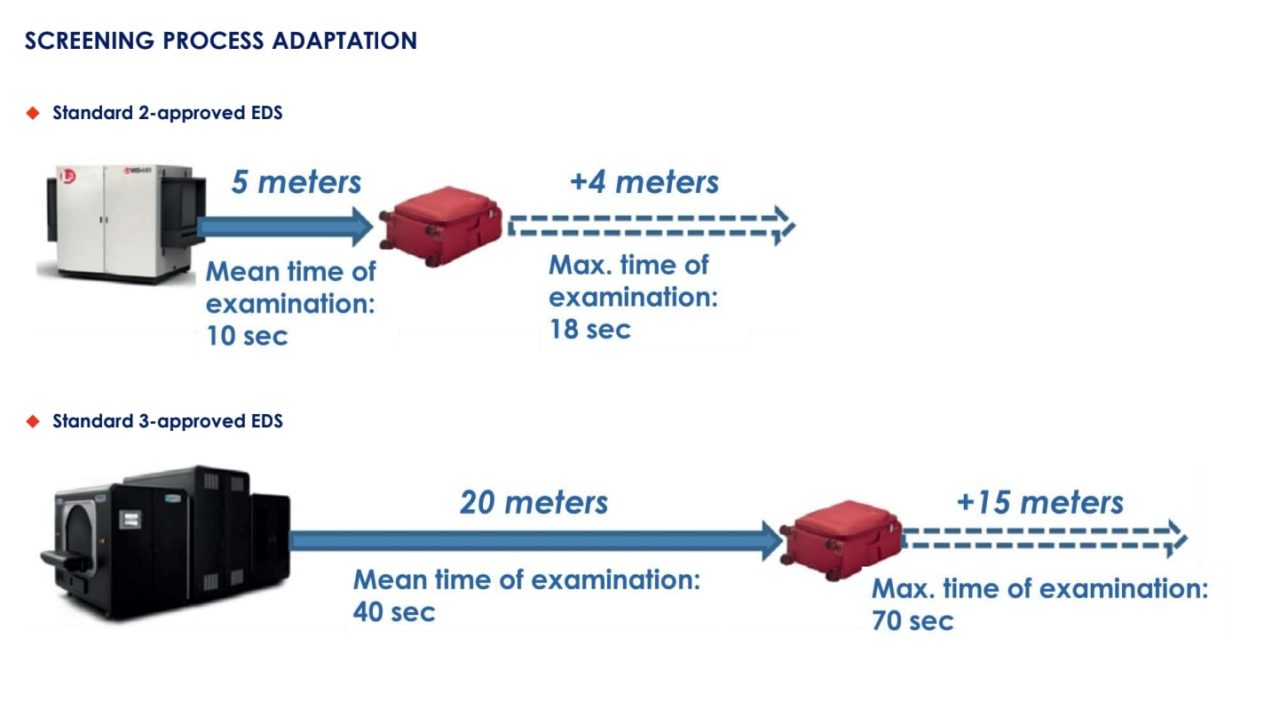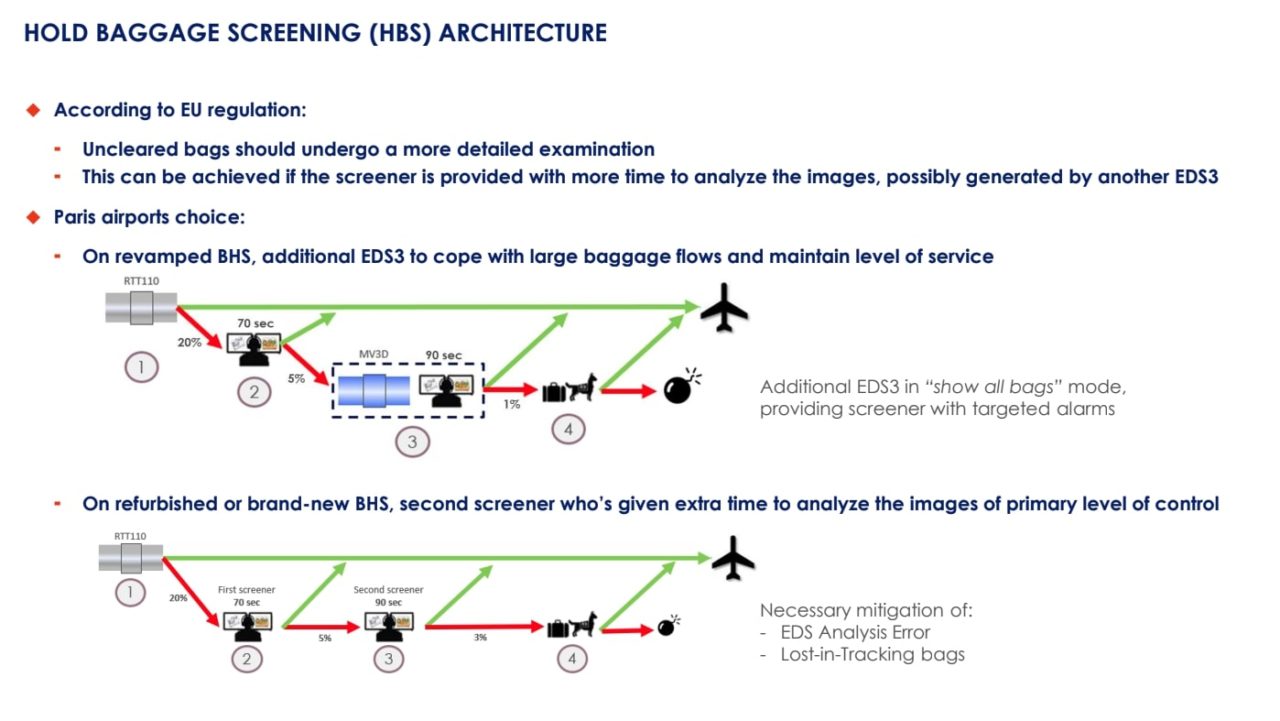Proof testing at CDG to determine how the upgrade should look
According to the new EU regulation, uncleared bags have to undergo a more detailed examination and this can be achieved if the screener is provided with more time to analyse the images, possibly generated by another EDS3.
With that in mind, says Lefevre, ADP conducted two evaluations.
The first, in 2013, was of the available EDS3 and involved three different EDS3s. It measured KPIs, throughput, auto-rejection rates, tracking lost rates, screener analysis time and rates of cleared and rejected bags.
The second evaluation, in 2017, involved the use of an additional inspection by EDS3 immediately following an analysis by RTT110/a Standard 2-approved EDS and involved four different EDS3s. It measured the ability to detect detonators in specific configurations, KPIs, false alarm rates, the number of cleared primary control false alarms and the number of other false alarms produced by the additional control.
The evaluations resulted in ADP deciding to implement two types of architecture for its hold baggage screening at the Paris airports. Lefevre explains it this way:
- On the revamped BHS: ADP deployed an additional EDS3 to cope with large baggage flows and maintain the level of service. The additional EDS3 is set on “show all bags” mode, providing the screener with targeted alarms.
- On the refurbished or brand-new BHS: Instead of deploying an extra EDS3, ADP decided to add an extra screener, thereby providing more time to analyse the same image of the primary level of control.
According to Lefevre, while the second option is easier because it involves fewer machines inside the BHS, it also means possible errors in the EDS analysis and lost-in-tracking bags have to be mitigated.
